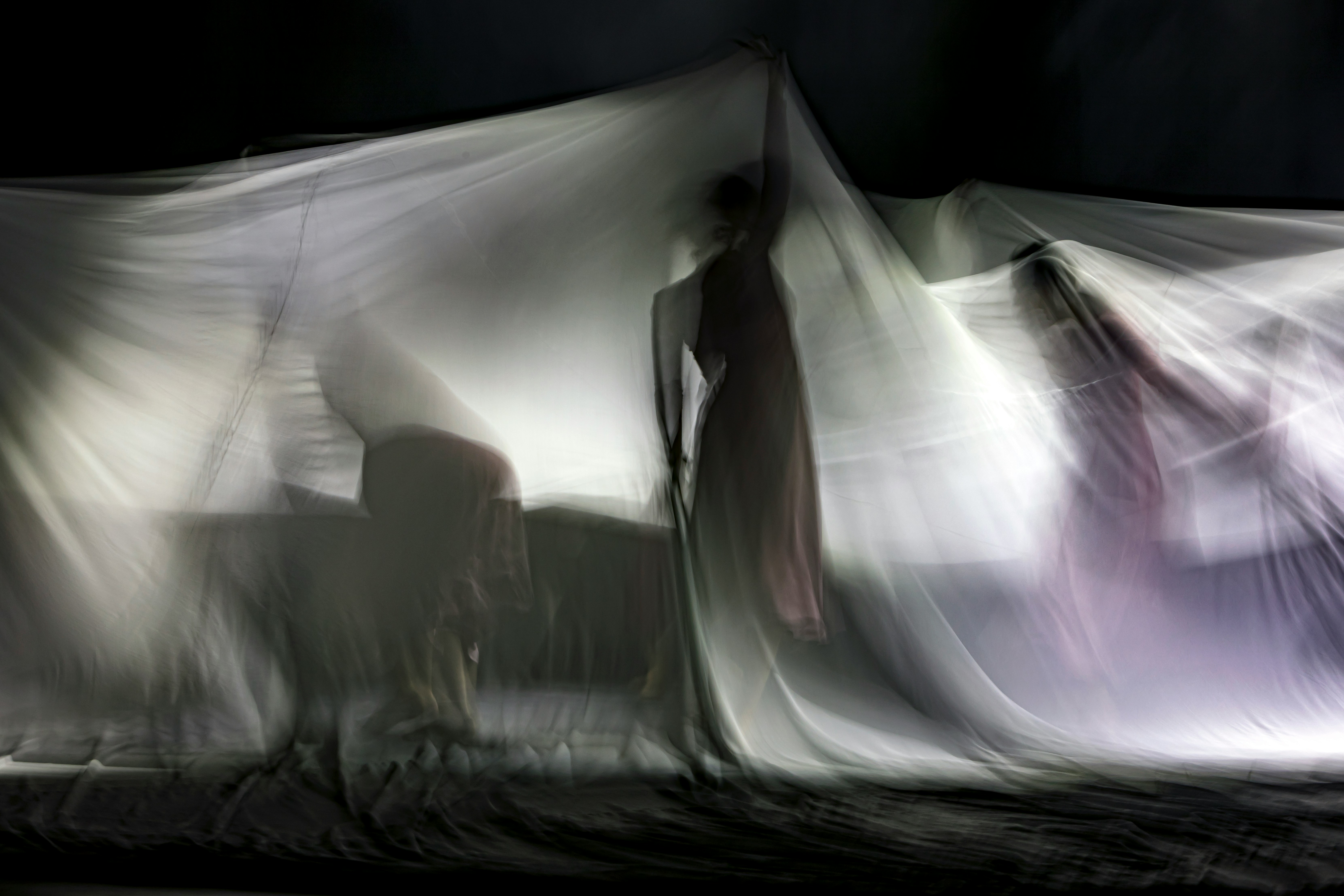Kabuki Drop
Definition:
A "Kabuki Drop" is a theatrical technique where a draped curtain is quickly dropped from above to reveal the stage or performers. This dramatic effect is used to create surprising and impactful scene changes.
Detailed Explanation:
The Kabuki Drop is a staging technique named after the traditional Japanese Kabuki theatre, where such effects are often used. It involves suspending a curtain or piece of fabric above the stage, which is then rapidly released to fall to the ground, unveiling whatever is behind it. This can include a new scene, performers, set pieces, or other elements of the production.
The drop is typically achieved using a mechanical or electronic release mechanism, which can be triggered manually or automatically. The curtain is held up by hooks or clips that are released simultaneously, allowing the fabric to fall freely. The Kabuki Drop is a popular choice in theatre, concerts, events, and other live performances for its ability to create a moment of surprise and enhance the visual impact of a scene change.
Key Elements of a Kabuki Drop:
Curtain or Fabric:
The material used for the drop, which can be any draped fabric that suits the aesthetic of the production.
Suspension Mechanism:
Hooks, clips, or other devices that hold the curtain in place until the release is triggered.
Release System:
A mechanical or electronic system that releases the suspension mechanism, allowing the curtain to drop quickly and smoothly.
Advantages of a Kabuki Drop:
Dramatic Effect:
The sudden reveal creates a moment of surprise and excitement, enhancing the audience's experience.
Versatility:
The technique can be used in various types of performances and settings, from theatre and concerts to corporate events and product launches.
Visual Impact:
The rapid drop of the curtain provides a visually striking transition, making it an effective tool for scene changes.
Challenges of Using a Kabuki Drop:
Technical Complexity:
Setting up the suspension and release mechanisms requires technical expertise and precision to ensure reliable operation.
Timing:
The drop must be perfectly timed to coincide with the performance, requiring careful coordination and practice.
Safety:
Ensuring the curtain drops safely without causing harm to performers or damaging set pieces is crucial.
Uses in Performance:
Scene Changes:
The Kabuki Drop is often used to transition between scenes quickly and dramatically, unveiling new sets or elements.
Revealing Performers:
It can be used to introduce performers in a surprising and impactful way, adding to the excitement of their entrance.
Special Effects:
The technique can be part of larger special effects, such as revealing pyrotechnics, lighting effects, or other surprises.
Design Considerations:
When planning a Kabuki Drop, several factors must be considered to ensure it is effective and safe:
Material Selection:
Choose a fabric that is light enough to drop quickly but durable enough to withstand repeated use.
Mechanism Reliability:
Ensure the suspension and release mechanisms are tested thoroughly to prevent malfunctions during the performance.
Safety Precautions:
Implement safety measures to protect performers and crew, such as ensuring the drop area is clear and using fail-safes in the release system.
Conclusion:
The Kabuki Drop is a powerful and dramatic staging technique used to create surprising and impactful scene changes. By rapidly dropping a curtain to reveal the stage or performers, it enhances the visual and emotional impact of a performance. Despite challenges related to technical complexity, timing, and safety, the benefits of dramatic effect, versatility, and visual impact make the Kabuki Drop a valuable tool in theatre and live events. With careful planning, reliable mechanisms, and safety precautions, the Kabuki Drop can significantly elevate the excitement and engagement of any production.


